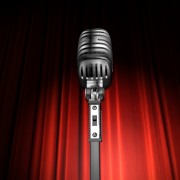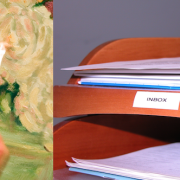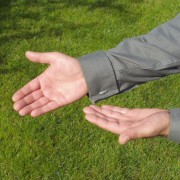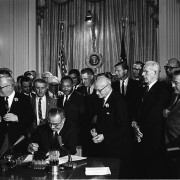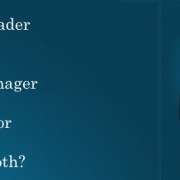Leadership is a great topic for discussion. Like it or not, we are exposed to many examples of leadership (or lack of it) in our daily lives.
So when we look at the highest level of who we call “leaders”, it is often with wonder and occasionally with contempt. Why is that?
The responsibility of someone in authority carries a heavy burden and they are held in great accountability. As social animals we accept that we sometimes require someone in charge. That individual who has the skills and competency to carry us as a group through challenging times.
The head of state – Prime Minister or President are the most obvious examples. They hold the power to direct the outcome of their peoples. Their actions are viewed with a critical eye. The perception held by their followers can have a profound outcome on their success.
As the previous post suggested, leadership is within all of our reach. But being designated as ‘The Leader’ is often a positional assignment – or authority.
This authorization to hold a position and influence the outcome of an organization or even a society carries massive responsibilities. Unlike the leadership practices that many of us provide to our immediate subordinates, peers or children, these high level assignments do not permit one to make errors without great risk.
Positions of authority often require the leader to take action without all of the information. In Military terms, a General may be only given certain pieces of intelligence and must use every bit of knowledge he can muster in the time provided to be decisive and accurate. ‘Risk management or the fog of war are terms that relate to what occurs for CEOs and Presidents and occasionally even those in lesser positions of authority when timely action is required without the benefit of full background intelligence or knowledge.
So, how does one become competent at holding positions of authority?
One way is to practice making decisions. This sounds odd but we conduct decision making everyday. We just don’t think about it. Good leaders, learn from their decisions. They practice this art and analyze what works and what doesn’t. They also appreciate the impact of their decisions. Not only on the objectives but also on the emotional impact of others. This is not a ‘touchy – feely’ kind of emotion. All people make their decisions based upon emotion – even if we couch it with terms like logic, analysis and objectivity. The final action to execute a decision is an emotional one and – like it or not – it follows with an emotional impact on ourselves and on others. Marketing people understand this. They know that even if you decide to buy a beige Volvo for all of the safe and logical reasons; the purchase is an emotional one. Successful leaders also recognize this. That is how many of them have been able to influence their armies and their masses throughout the ages.
So I suggest you can practice and be conscious of your decisions. But by all means make them. Pilots are well trained in decision making and this serves them very well both in the air and on the ground.
Our next topic will bring some insight into what Maj Gen Perry M. Smith, retired USAF would term ‘Big Leadership’.


